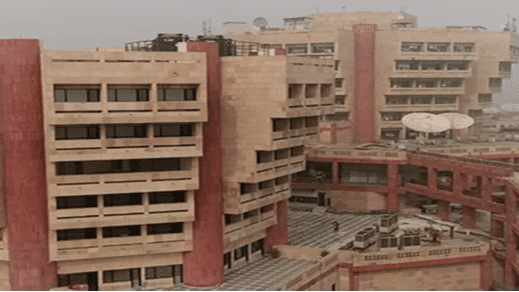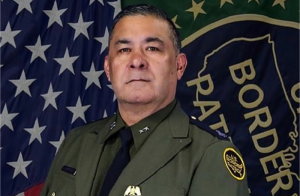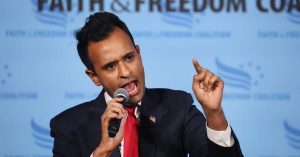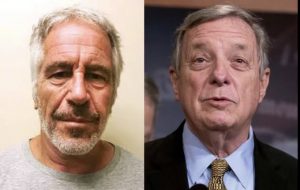The China-India standoff in Ladakh has produced an unlikely “target” far away from the theatre of action – the newsman. Press Trust of India, the country’s leading news agency, drew the ire of India’s state-run public broadcaster Prasar Bharati after interviewing the Indian ambassador in Beijing and tweeting his statements that contradicted those made by the Prime Minister during his June 19 all-party meeting.
Prasar Bharati not only described the 73-year old agency as “anti-national” but also said that it would review its ties with PTI. According to media reports, Prasar Bharati also shot off a letter to PTI.
Two tweets of Vikram Misri, India’s envoy to Beijing, triggered the anger of the public broadcaster.
While Prime Minister Narendra Modi told in the all-party meeting that none intruded into Indian territory, Misri reportedly told PTI, “India hopes China will realise its responsibility in de-escalation and disengaging by moving back to its side of LAC.”
Another statement attributed to Misri by PTI was, “China has to stop the practice of transgressing and trying to erect structures on the Indian side of the LAC.”
While the PTI report was dispatched on June 26, neither the Indian government nor the Chinese establishment made any comment so far. Neither has the Indian envoy to Beijing issued any statement.
On June 25, PTI also interviewed the Chinese ambassador to India, Sun Weidong in which he reiterated his country’s position that India crossed the LAC and was responsible for the aggression.
After a round of criticism for interviewing the Chinese envoy to India, PTI defended its position and told ThePrint, “Interviews with newsmakers are routine business for media organisations during which a range of questions are asked. Some of the comments make news. It is clear that the one-sided criticism of the PTI interview has been generated…”
The development took place on the back of both India and China continuing military level and diplomatic talks to deescalate tension in the Galwan Valley in Ladakh where, on the night of 15 June, a fight between the two sides led to the death of 20 Indian soldiers and an unconfirmed number on the Chinese side.
With over 500 journalists and 400 stringers, PTI loves calling itself an agency “with a reach as vast as the Indian Railways.” Headquartered in New Delhi, PTI was incorporated in 1947 and started operations two years later.
With a chief executive officer managing its day-to-day affairs, PTI is a non-profit cooperative run by a board of directors that elects its chairman annually on a rotational basis.
Just four days before Misri’s interview Reuters reported that pictures taken on June 22 by a satellite that belonged to a Colorado-based company Maxar Technologies showed China erected “bunkers, tents and storage units for military hardware” on the banks of the Galwan Valley in Ladakh. The agency also reported that these structures were not visible in May. Neither India nor China has commented on the satellite images of new constructions.
Neither side has made any comments on the satellite pictures.







